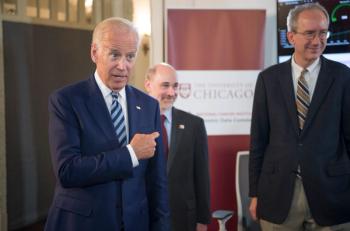
The proposed funds include $165 million more for the Ryan White HIV/AIDS Program, $47 million more for HIV and hepatitis prevention activities at the Indian Health Service, and $115 million for CDC HIV prevention programs.
Keith Loria is a contributing writer to Medical Economics.

The proposed funds include $165 million more for the Ryan White HIV/AIDS Program, $47 million more for HIV and hepatitis prevention activities at the Indian Health Service, and $115 million for CDC HIV prevention programs.

Long-acting injectable holds advantages over daily pills for pre-exposure prophylaxis against HIV, says ViiV executive.

The American Cancer Society’s 2022 statistical report shows that the 30-year trend is continuing.
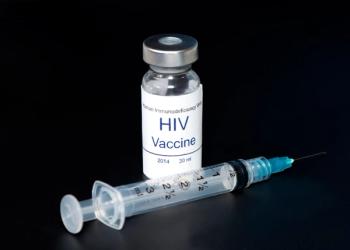
The decades-long quest for a vaccine against HIV has been fruitless so far. Moderna hopes an HIV vaccine that uses its messenger RNA technology will break the losing streak. A phase 1 trial designed to include 56 volunteers has started.
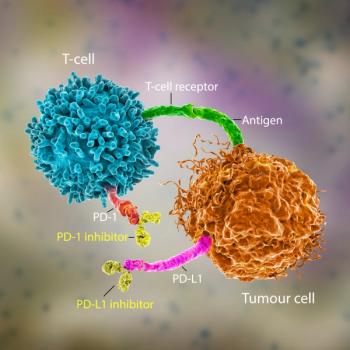

Physicians who are reluctant or even opposed to broad use of pre-exposure prophylaxis (PrEP) against HIV may keep physician assistants and nurse practitioners from prescribing the antivirals that can prevent infection and spread of HIV. Making PrEP an over-the-counter treatment would be one way of increasing access.

Recent treatment may affect the antibody response, particularly among those with hematologic cancers.

Risk is not associated with cardiovascular events such as heart attacks, Kaiser Permanente researchers report.

About 5,000 women living with HIV in the U.S. give birth each year.

Drug manufacturers are developing long-acting, injectable HIV drugs for both treatment and prevention.
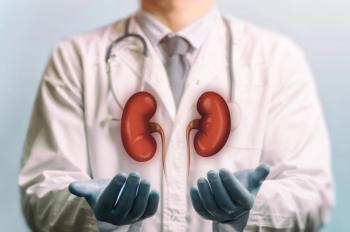
Research shows similar results between those with HIV and those without, although 15 years post-kidney transplant, outcomes were worse for people with HIV.

But the future of value-based care in oncology is uncertain with no certain successor to the Oncology Care Model in sight.
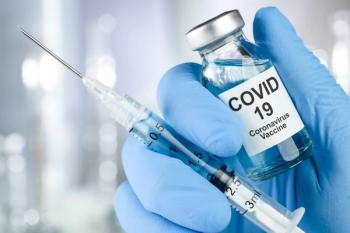
Since the COVID-19 vaccinations have been approved, there have been numerous trials that have all concluded that vaccines are safe for people with HIV. These vaccines have been tried on a number of HIV patients and have been found not to cause any alarming negative side effects.

The FDA approved Apretude (cabotegravir extended-release injectable suspension) for pre-exposure prophylaxis (PrEP) for HIV in December. Administered as an injection every other month, Apretude gives people at risk of contracting HIV a PrEP alternative to taking daily pills.

Screening dipped sharply in 2020 because of the pandemic. The rebound this year is uneven and there is still hesitancy.

Like other providers, the VA saw a large, pandemic-related increase in virtual visits. In 2019, 27% of visits were virtual compared with 64% in 2020.
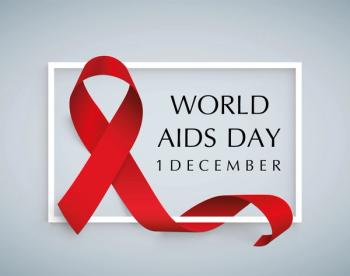
New infections are down and wider use of pre-exposure prophylaxis would decrease them further.

Site of service has a major effect on the cost. Home infusion and oral formulations are challenging both hospital- and physician-based infusions.

Many states only have vaguely worded qualitative standards for network adequacy for cancer care. Others have quantitative standards based on distance or waiting time.
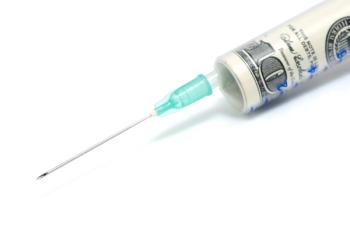
States are putting caps on prices, and Semglee, the first interchangeable biosimilar in the United States, may exert some downward pressure.

CVS’ Joshua Fredell, Pharm.D., and Tierra Ford, Pharm.D., described how an integrated, proactive approach can engage members and rein in costs.

Treatments aimed at certain mutations have proliferated and moved upstream to earlier-stage lung cancers. But there are many questions about insurance coverage and which tests to use to identify the biomarkers that help guide treatment.

OptumRx SVP Kerri Tanner, RPh, Pharm.D., said management of specialty medications cannot be delivered in pieces and that innovation is needed to curb the tendency toward fragmentation.

Many people ignored heart disease signs and symptoms during the COVID-19 pandemic — sometimes with grave consequences.

Rahul Sharma, M.S., CEO of HSBlox, say that early in his career he learned “to be the bridge between business teams and technical teams."

After having thrived in a fee-for-service healthcare system, can chronic disease specialists be enticed to switch?
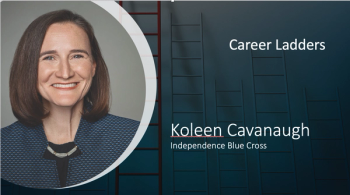
Koleen Cavanaugh, vice president of marketing at Independence Blue Cross in Philadelphia, says starting in customer service was the best thing for her career.

The latest technology is changing treatments for patients.

A small fraction of those who were eligible under previous U.S. Preventive Services Task Force recommendations were screened with low-dose CT scans. New recommendations will make an additional 6.4 million Americans eligible, but a number of barriers to screening remain.

Breaches in online vaccination schedulers are the among the security problems the healthcare sector is scrambling to fix.